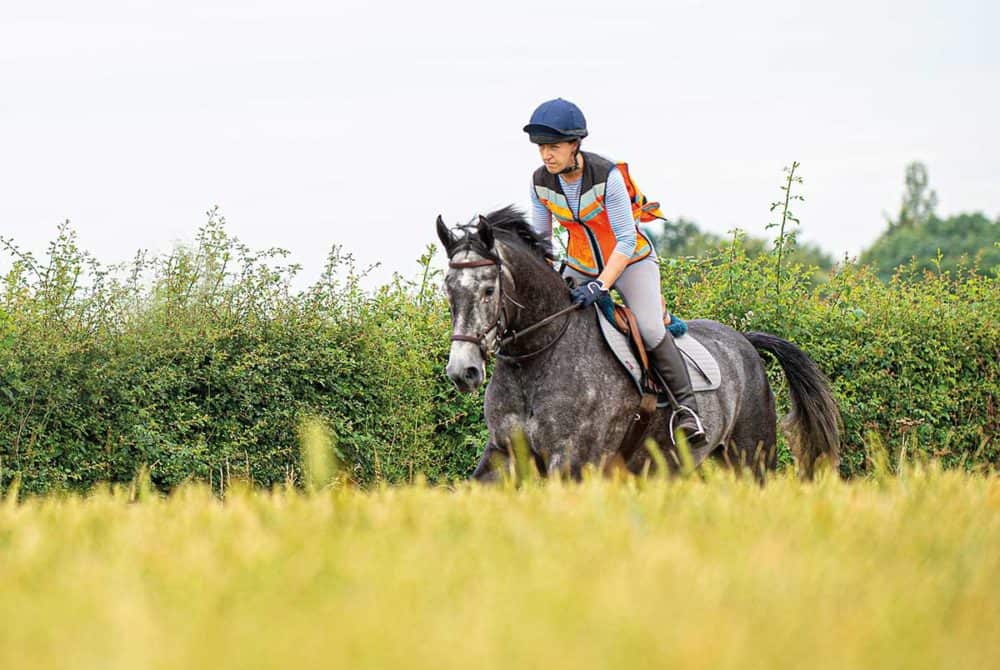Interval training
Posted 27th April 2020
Is interval training just for pros, or a useful tool for getting your own horse fit, too? Fizz Marshall breaks it down and explains how you can integrate it into your riding regime

Fitness work is a key component of any horse’s weekly exercise routine. Regardless of your chosen discipline, having your horse fit enough to do his job is really important in preventing injury and maintaining his longevity. Of course, all exercise, be it hacking, schooling or lungeing, will contribute to your horse’s overall fitness, but exercise specifically targeting his athletic conditioning will improve his stamina, agility and how well he recovers from cardiovascular efforts.
The principles of interval training
Interval training (IT) is widely used for improving athletic performance in both sport and racehorses. IT challenges and conditions a horse’s cardiovascular system by requiring him to complete bouts of high-intensity exercise followed by a short recovery period in which his heart rate returns to just above resting.
The beauty of IT is that it can be done anywhere – on gallops, around the edge of a field, on a suitable bridleway or even in a large, 40x60m arena. As would be the case for any canter work you do, be mindful of the conditions underfoot and the impact on your horse’s legs. Deep, muddy going has the potential to be just as damaging as hard or rutted ground, so look for sound footing with some give, be that a synthetic surface or a natural one.
Top tip
Incorporating hills into your IT will increase its intensity and thus improve the fitness benefits for your horse. Cantering uphill will also help to reduce concussion on your horse’s front legs.
The research
Essentially, the aim of a conditioning programme such as IT is to improve your horse’s anaerobic threshold by training his system to work aerobically for as long as possible. The anaerobic threshold is the highest exercise intensity that your horse can sustain for a prolonged period without substantial lactic acid build-up. This means that, by using IT to push the limit of this threshold, your horse will be able to keep exercising for longer before he reaches the point of fatigue.
Find out more about interval training in June Horse&Rider on sale 30 April 2020. Get your copy delivered direct to your door with free P&P, here.










